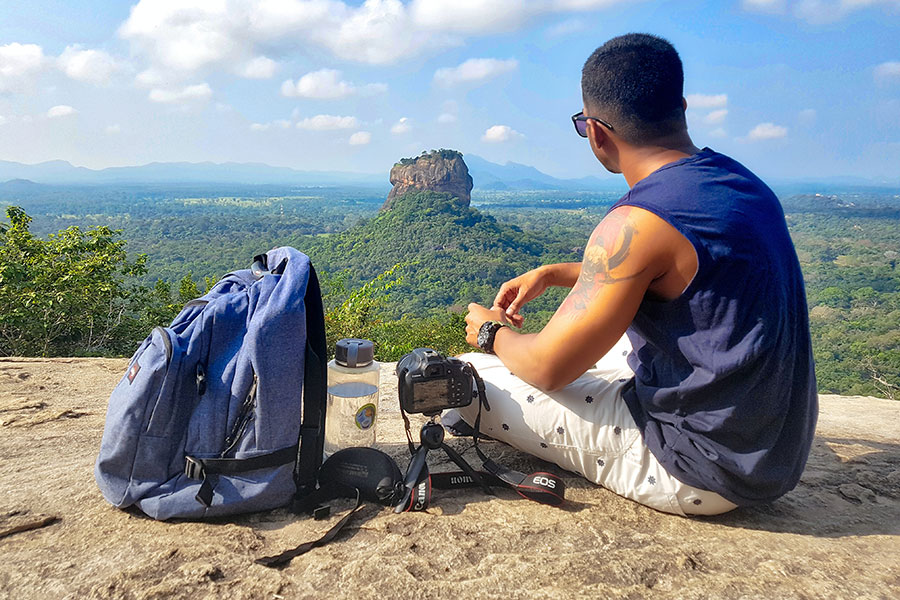We design our world, while our world acts back on us and designs us.
In the intricate dance between humanity and the environment, a profound dialogue exists—one where our creations shape the world, and in turn, this very world shapes us. This relationship, a symbiotic exchange of influence and adaptation, underpins our very existence and evolution. It’s a testament to our innate drive to design, create, and innovate, while also being a humbling reminder of our interdependence with the world we inhabit.
The Imprint of Human Design
Our journey as creators has been remarkable, from the rudimentary tools of the Stone Age to the sprawling cities and technological marvels of the modern era. Each era of human history reflects a chapter where our needs, aspirations, and dreams have been etched into the very fabric of the world. Buildings, roads, vehicles, and networks—a myriad of elements crafted by human hands—stand as testaments to our ingenuity.
These creations are not merely functional; they embody our cultural values, aesthetic preferences, and societal norms. Architecture, for instance, is a mirror reflecting the philosophies and technologies of its time. From the grandeur of ancient pyramids to the sleek minimalism of modern skyscrapers, our structures encapsulate human progress and vision.
The World’s Response: A Dialogue with Nature
However, this narrative is not one-sided. The world, with its laws of physics, ecological systems, and natural resources, sets the stage and the limitations within which we create. More profoundly, it acts back on us, shaping our behaviors, lifestyles, and even our thought processes.
Climate is a prime example. The geographical and environmental conditions of a region have historically influenced the lifestyle, architecture, and social organization of its inhabitants. In colder climates, humans developed insulated dwellings and social structures that emphasized community and cooperation to survive harsh winters. In contrast, warmer regions fostered open, airy structures and societies with a strong connection to the outdoors.
Shaped by Our Creations
Our creations, in turn, mold us. The cities we build influence our modes of life, social interactions, and even our health. Urban design can dictate the walkability of a city, the social interactions it fosters, and its inhabitants’ connection with nature. Technology, another creation, has reshaped our cognitive processes, communication patterns, and access to information.
The digital age exemplifies this feedback loop. The internet and smartphones have transformed how we communicate, work, and think. Our attention spans, memory, and even the way we navigate space have been reconfigured by the digital tools we’ve created.




A Future Co-designed with Our World
Looking ahead, the recognition of this dynamic interplay is crucial for sustainable and harmonious development. The challenges of climate change, resource depletion, and ecological degradation underscore the need for designs that not only reflect human aspirations but also respect the limits and needs of our planet.
Biophilic design, green architecture, and circular economies are examples of this emerging paradigm. These approaches aim to create systems and structures that are not only inspired by nature but are also integrable within it, fostering a balance between human activity and the natural world.
Conclusion
The narrative of human progress is a tale of design, a continuous shaping of the world that surrounds us. Yet, in this process, the world acts back, shaping us in return. This dialogue, this exchange, is fundamental to understanding our place in the universe and the path forward. It’s a call to design thoughtfully, with an awareness of the broader impacts of our creations, ensuring a future where humanity and the world at large can thrive together, in harmony.


